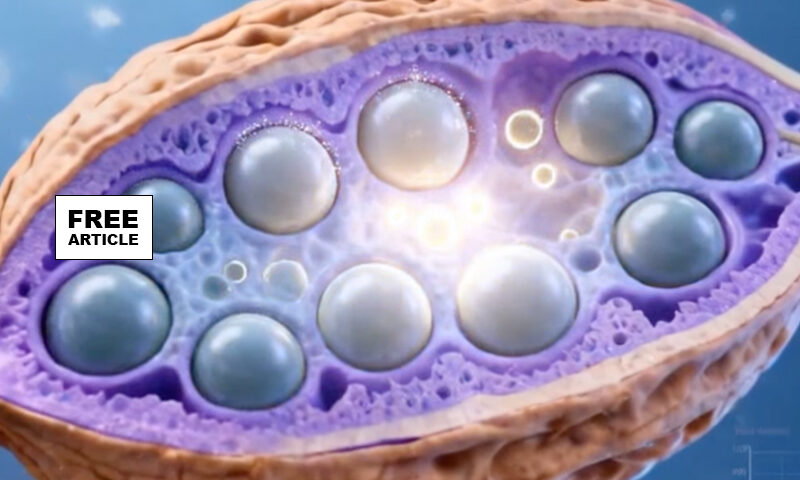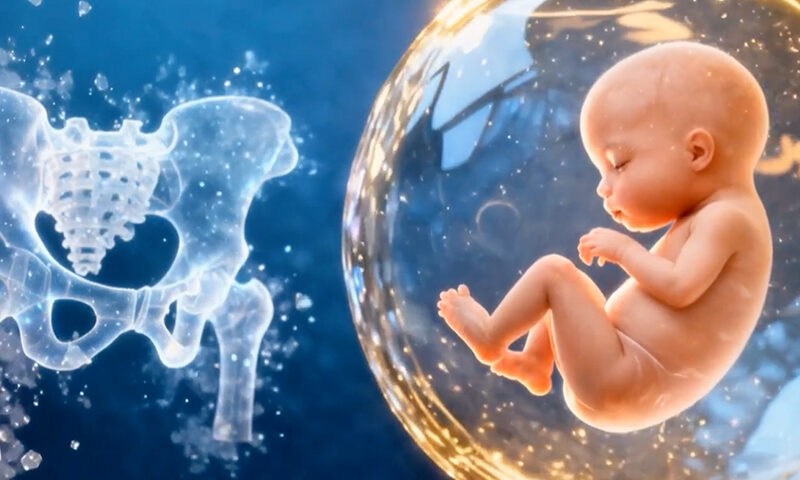How Bacteriophages Overcome Antibiotic Resistance
Bacteriophages, or phages, are viruses that specifically infect and destroy bacteria, presenting a potential solution for treating antibiotic-resistant infections. These microscopic entities operate by attaching to bacterial cells, injecting their genetic material, and using the host's machinery to replicate. This process culminates in the lysis, or bursting, of the bacterial cell, releasing new phages to continue the cycle.











